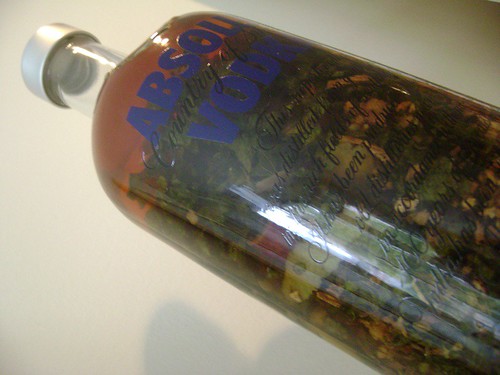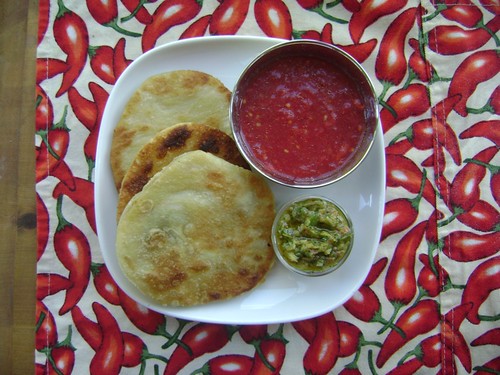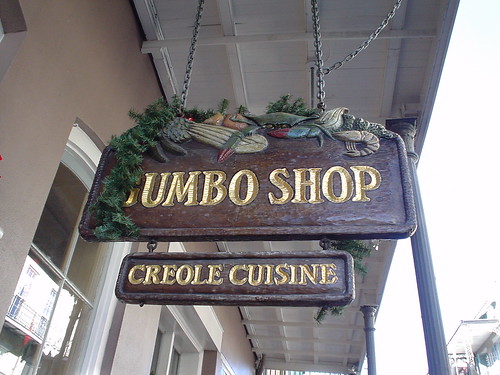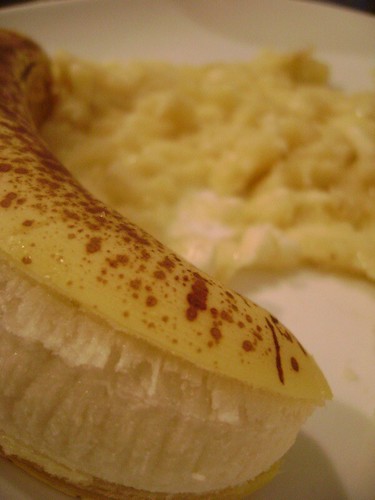What To Do With Your Etrog?
Throughout the holiday of Sukkot, the Etrog is guarded with utmost importance, often in silver boxes, nestled amongst soft cotton balls. The wholeness of the Etrog is of such important, that it is carefully chosen – only the most perfected fruit are used as symbol for the holidays, and in European Jewish tradition, this means that the Etrog should have a perfectly shaped niplet*. So perfect is the fruit that there were stories inspired by it and tales about innocent children who were tempted t bite that niplet off and violate its preciousness.
But now that the Sukkot holiday is over, and the guard has been taken off the precious Etrog, what is there to do with the citron fruit left?
The citron fruit has a very peculiar flesh – almost nothing to remind one that it is a citrus fruit at all. Instead of the juicy, pulpy section, it has mostly a sponge-like extension of the peel.
Hence, it is ideal for making candied citrus peel! Every year, after Sukkot was over, our kindergarten teacher has made these for us. The process is lengthy, and may take up to a week’s time. It is therefore no surprise that now my kindergarten teacher runs her own little café in the village where she offers her clientele beautiful home-baked goods and fancy cakes. Last time I visited her café she served me an innovative version of Sahleb, served with a banana-split, which was far more delightful and nourishing than I have expected from this highly popularized winter beverage.
Since the white spongey peel is not as bitter as most citrus fruit, the result is worth the effort. The process entails peeling off the outer peel (the yellow part, containing the essential oils) and than soaking it in water for several days. Once the bitterness has been squeezed out of the peels, they are cooked in a sugar syrup and served, either covered with shredded coconut, or not. What makes these citron candies so special is their texture even more than their delicate flavour.
In a similar manner, citron fruit can be made into jams and marmalades.
Apparentlay, it can be used in baking as well. Here are a few links to citron recipes:
Citron Marmalade
Citron Liquor
Etrog slices in syrup - you can even scent them with rosewater, like the one I’ve found in a dusty jar at a local Persian grocery store. Perhaps orange flower water could be even better!
I think the main reason citron is so rare in cooking is because it is an expensive and difficult to find. Perhaps if it wasn’t so holy in the Sukkot holiday, we would have seen a lot more of it. But it wouldn’t be nearly as special, I suppose.
Citron essential oil is also extremely hard to get. I believe most of the citron orchards (aside from those grown by the Hassidic Jews at Kfar Habad near Tel Aviv) are owned by certain perfume companies and they just have a monopoly on them. I have just got off the phone with my mother this morning begging her to find me an Etrog and try to abuse it in such ways as to squeeze its essential oils so I can make a perfume out of it!
And for those of us far less ambitious, there is always the option of turning the Etrog into a pomander that would last for many years to come: simply stick clove buds systematically in every spot on the Etrog’s skin as to cover it completely. The Etrog will dry up and be preserved literally forever. This is traditionally served at the Sabbath table for the “Boreh Miney Besamim” blessing (thanking God for blessing us with different perfumes).
*The Yemenite Jews, on the other hand, use a far larger citron fruit that has a folded peel, much like kaffir limes, and no niplet at all









